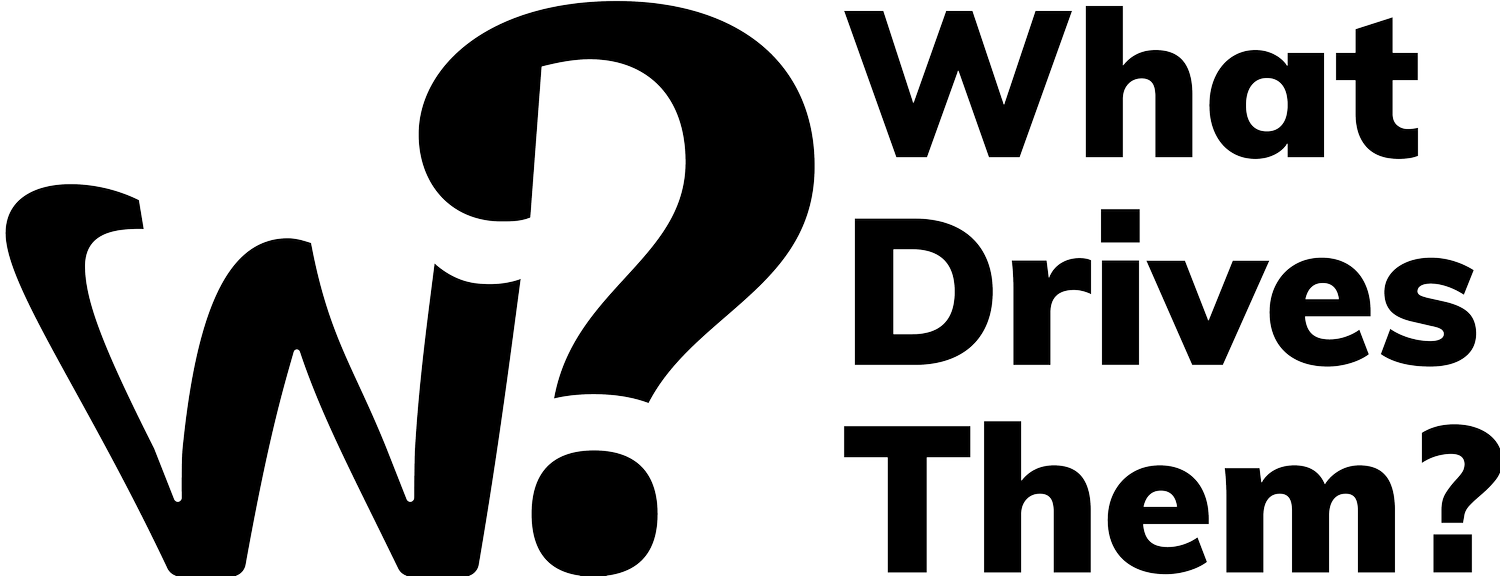Design Thinking is Dead, Or is it really?
Recently, while browsing posts and news from the product and design community, I’ve noticed several debates about how design thinking is supposedly dead and why we might need to evolve into a design thinking 2.0 methodology. However, these arguments merely highlight deeper issues our industry is facing.
To provide some context, let’s revisit what design thinking is. Design Thinking is a user-centred approach to problem-solving that emphasises empathy, creativity, and iterative testing. The process begins with understanding the user's needs and challenges through observation and engagement. Next, you define the core problem, ensuring a clear focus for ideation. During the ideation phase, a range of creative solutions is brainstormed, followed by prototyping, where tangible models of the ideas are built and tested. The final stage involves testing these prototypes with users to gather feedback and refine the solutions. This method is crucial in design as it fosters innovative thinking, ensures solutions are tailored to real user needs, and promotes collaboration and continuous improvement, ultimately leading to more effective and meaningful designs.
The problem emerging in design thinking is not necessarily the methodology itself but how professionals approach and understand it. A significant emphasis of this method is empathy, which might be better termed as research. This aspect of the methodology is the core of making the process user-centric. Perhaps naming it empathy rather than research confuses professionals or leads them to undermine the most critical phase of the process: research. This issue mirrors the broader debates in our industry, where companies often undervalue research, evident from layoffs that typically start with the research department, highlighting the industry's lack of appreciation for research's importance.
I argue that research is one of the most essential parts of the process and is what makes or breaks a product. It helps companies create their 'aha' moments. However, research is part of a larger process. It can be unnecessary or even detrimental if you do not know how to synthesise the data and understand that hidden needs might lie beneath the surface of your initial results. The question is not about the importance of research or whether design thinking is dead but rather about how well you are executing the process. How confident are you that following all the right steps will yield the right results? Are you truly equipped with the knowledge and confidence to make a real difference? Do you have the tools to understand the user and their psychology? If not, that may be your core problem, not the process itself. Without a proper understanding of consumer psychology, no amount of tools and techniques will get you the right results.
I invite you to delve deeper into consumer psychology and explore our course on consumer psychology and behaviour design. It is essential for anyone in our field.


